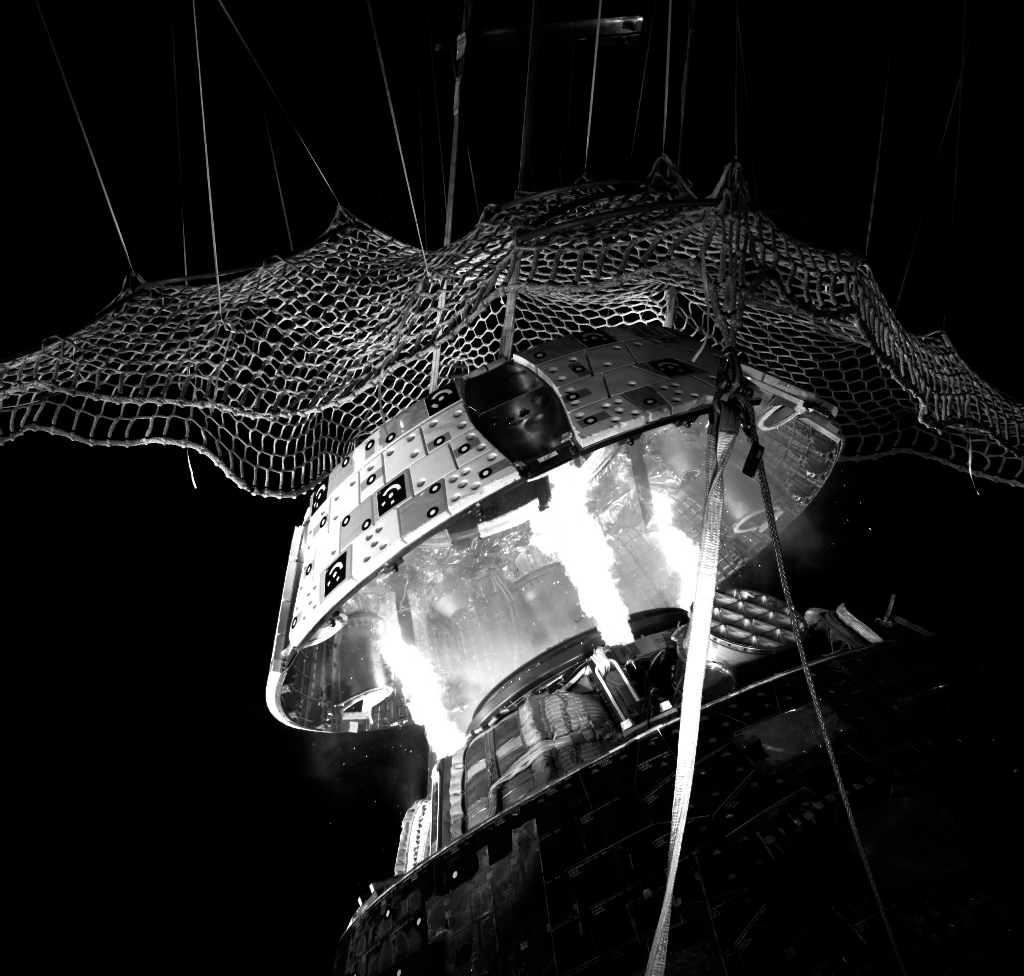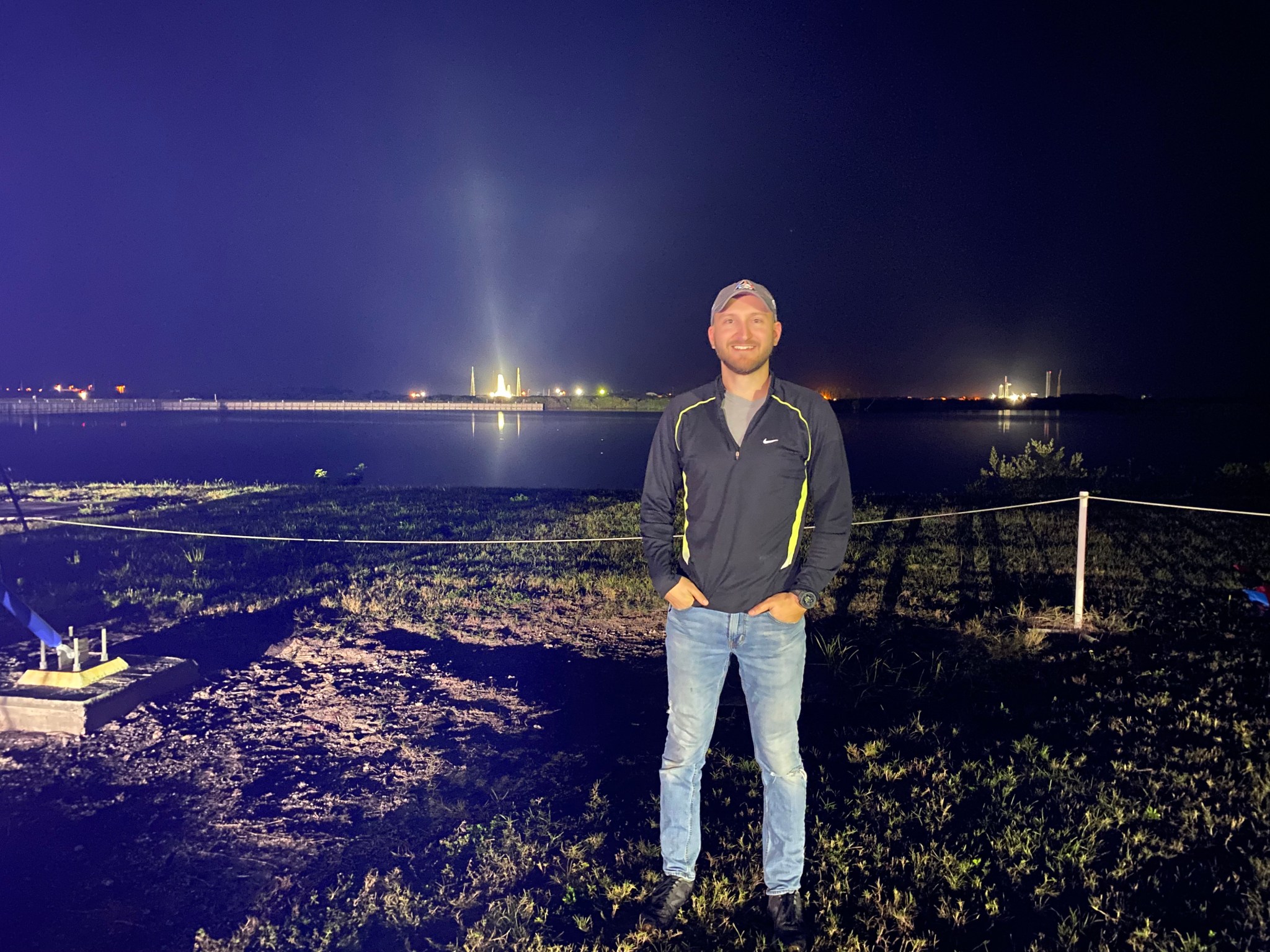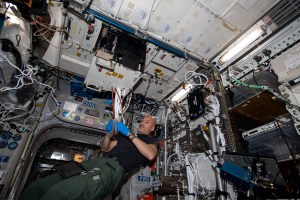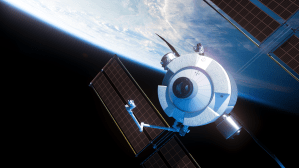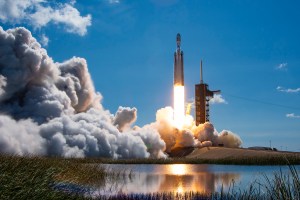Orion Spacecraft Tested in Ohio After Artemis I Mission
Making the voyage 1.4 million miles around the Moon and back — the farthest a spacecraft built for humans has ever gone — the Orion spacecraft has faced a battery of tests over the years. Though Orion successfully proved its capabilities in the harsh environment of space during the Artemis I mission, Orion’s evaluation did […]
5 min read
Preparations for Next Moonwalk Simulations Underway (and Underwater)
Making the voyage 1.4 million miles around the Moon and back — the farthest a spacecraft built for humans has ever gone — the Orion spacecraft has faced a battery of tests over the years. Though Orion successfully proved its capabilities in the harsh environment of space during the Artemis I mission, Orion’s evaluation did not end at splashdown.
The crew module, now known as the Orion Environmental Test Article (ETA), returned to NASA’s Neil Armstrong Test Facility in Sandusky, Ohio, in January 2024 and completed an 11-month test campaign necessary for the safety and success of Artemis II, the first crewed mission under NASA’s Artemis campaign.
Engineers and technicians from NASA and Lockheed Martin subjected the test article to the extreme conditions Orion may experience in a launch abort scenario. In the event of an emergency, Orion — and astronauts inside — will jettison away from the SLS (Space Launch System) rocket for a safe landing in the ocean.
“This event would be the maximum stress and highest load that any of the systems would see,” said Robert Overy, Orion ETA project manager, NASA’s Glenn Research Center in Cleveland. “We’re taking a proven vehicle from a successful flight and pushing it to its limits. The safety of the astronaut crew depends on this test campaign.”
Experts conducted tests that simulated the noise levels of an abort during launch in addition to the electromagnetic effects of lightning strikes. The test campaign also jettisoned the test article’s docking module and parachute covers, as well as the crew module uprighting system, which consists of five airbags on top of the spacecraft that inflate upon splashdown.
“It’s been a successful test campaign,” Overy said. “The data has matched the prediction models, and everything operated as expected after being subjected to nominal and launch abort acoustic levels. We are still analyzing data, but the preliminary results show the vehicle and facility operated as desired.”
Testing Orion at such high acoustic levels was a major milestone for Artemis. The Reverberant Acoustic Test Facility, the world’s most powerful spacecraft acoustic test chamber, was built in 2011 in anticipation of this specific test campaign.
“These tests are absolutely critical because we have to complete all of these tests to say the spacecraft design is safe and we’re ready to fly a crew for the first time on Artemis II,” said Michael See, ETA vehicle manager, Orion Program. “This is the first time we’ve been able to test a spacecraft on the ground in such an extreme abort-level acoustic environment.”
Part of NASA Glenn, Armstrong Test Facility is home to the world’s largest and most powerful space environment simulation chambers capable of testing full-sized spacecraft for all the extreme conditions of launch and spaceflight. The facility not only houses an acoustic test chamber, but also a thermal-vacuum chamber and spacecraft vibration system.
“The facility is unique because there’s no other place in the world capable of testing spacecraft like this,” Overy said. “Armstrong Test Facility is a one-stop-shop for all your testing needs to prepare your spacecraft for the severe and challenging journey to and from space.”
Orion’s Round-Trip Journey to Ohio
This is not the first time Orion has been inside the walls of the Space Environments Complex at Armstrong Test Facility. The spacecraft underwent mission-critical testing in 2019, where it was subjected to extreme temperatures and an electromagnetic environment before it launched on Artemis I in 2022.
“I remember when it first arrived, the gravity of its importance really hit home,” said Joshua Pawlak, test manager, NASA Glenn. “I thought to myself, on future Artemis missions, astronauts will be inside Orion heading to the Moon, and they’ll be depending on it for survival.”
Pawlak was a mechanical test engineer when Orion made its first trip to the Sandusky facility. He participated in planning and coordinating testing of the vehicle and trained personnel. He managed the vehicle from the moment it arrived, through testing, and up until it departed for NASA’s Kennedy Space Center in Florida.
“When it returned, I felt like I had a small part in this really big and exciting thing,” Pawlak said. “Seeing it come back blackened and scarred from the harsh environment of space was incredible. Space is not a friendly space, and I felt proud knowing that if there were astronauts on that vehicle, they would have survived.
After the Orion test article departs from Glenn, it will head to Kennedy for additional testing.
“When Artemis II launches and those astronauts are sitting on board, I’ll know that I did everything I could to ensure the vehicle is ready for them and going to perform as expected,” Pawlak said. “That’s why I do what I do.”
What's Your Reaction?



















.jpg?#)























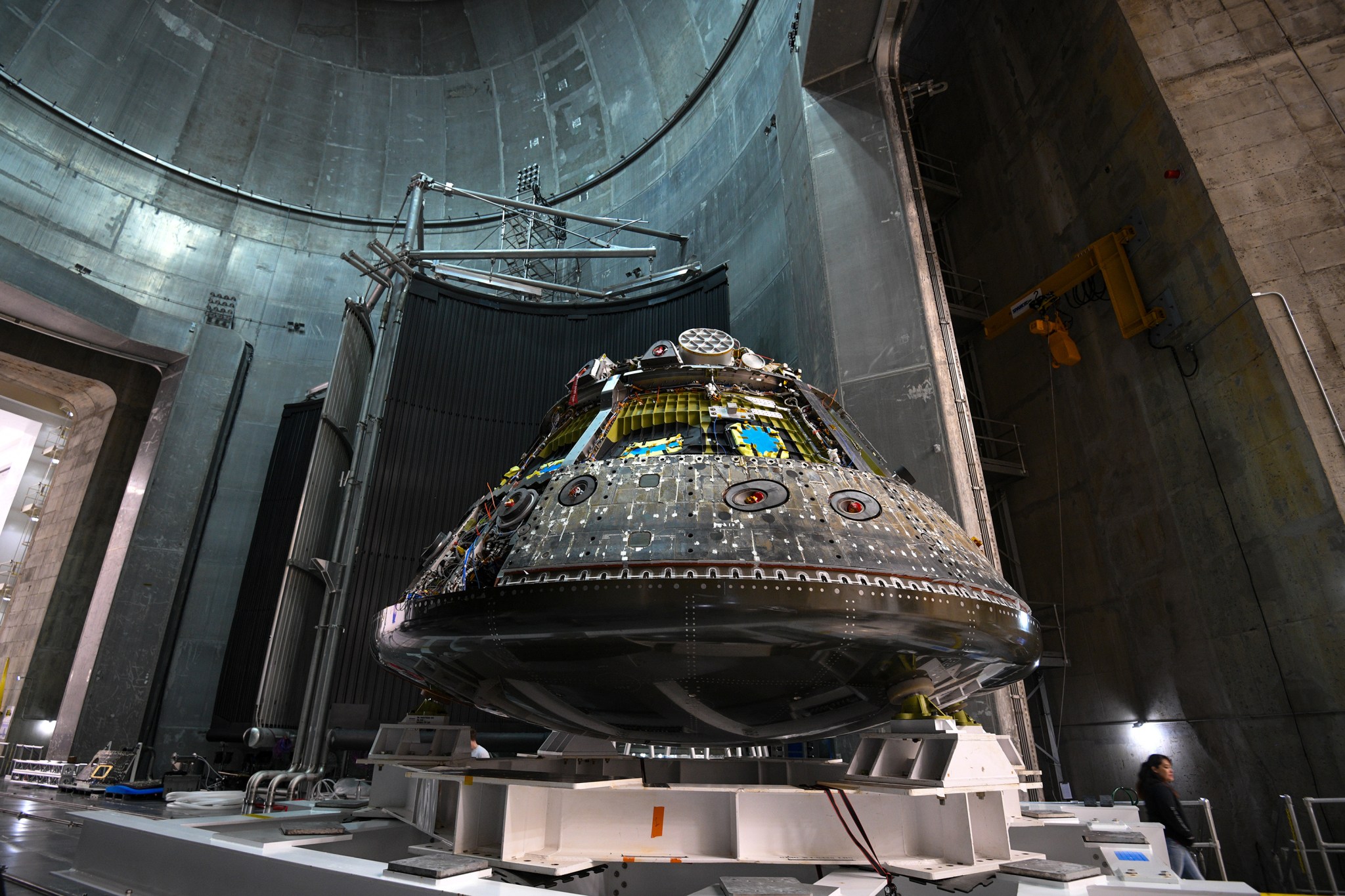
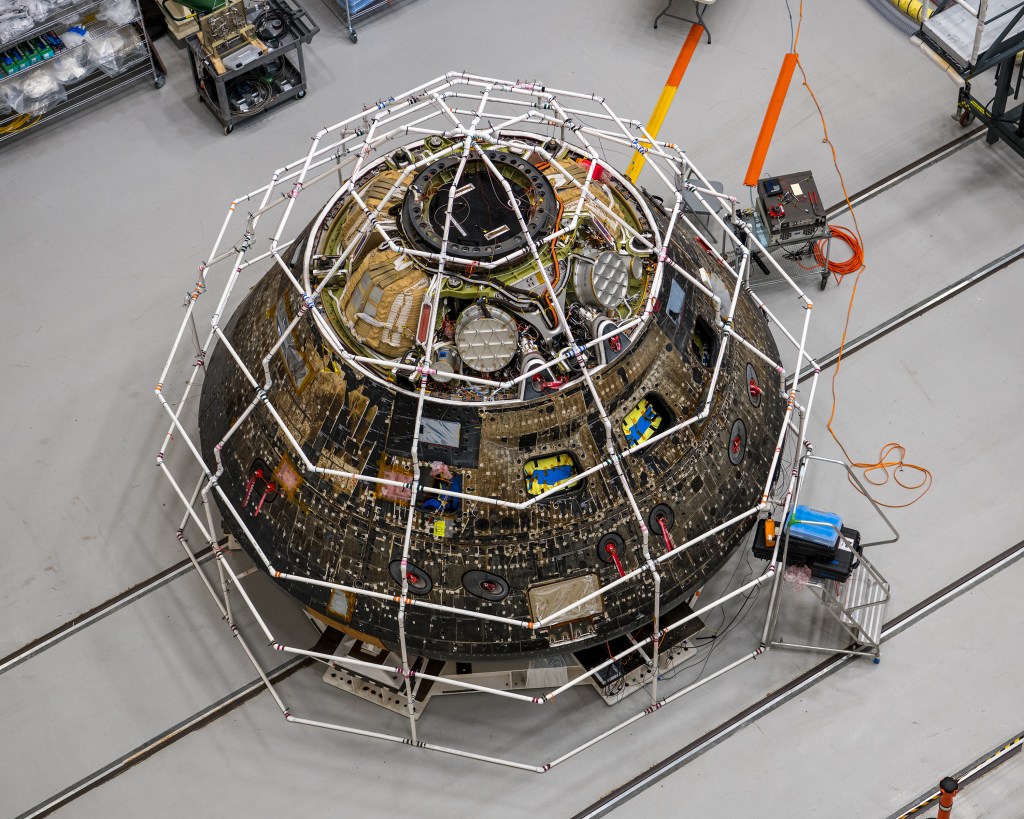
![A yellow crane lifts the Orion crew module with launch abort system attachment into the Reverberant Acoustic Test Facility. The test hardware is a brownish orange blunted conical shape with a white cylinder shape at the top. The white walls are covered with large gray inset horns. A man wearing glasses, blue jeans, and a black t-shirt stands beneath the white platform that the test article is sitting on. The American flag and NASA logo appear on the wall to the left of the open facility door. [PHOTO – GRC-2024-C-13339.jpg]](https://www.nasa.gov/wp-content/uploads/2024/12/grc-2024-c-13288.jpg?w=1024)
